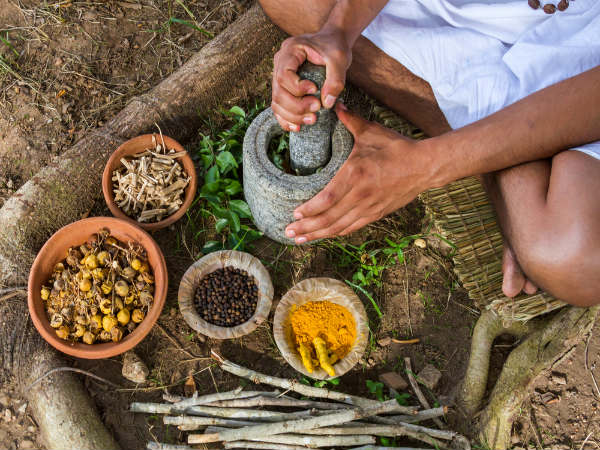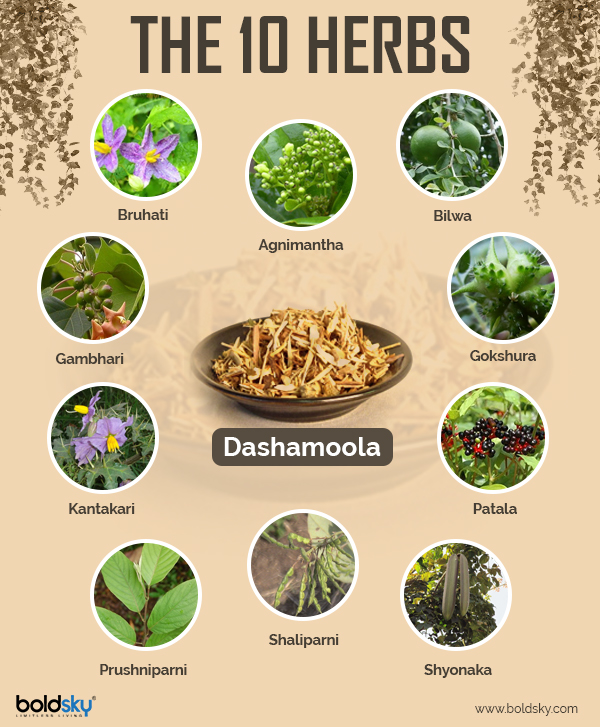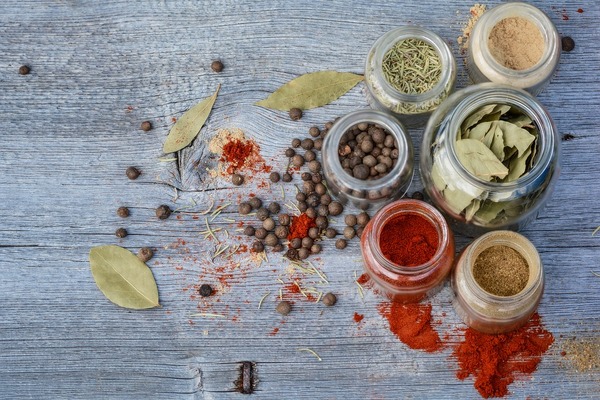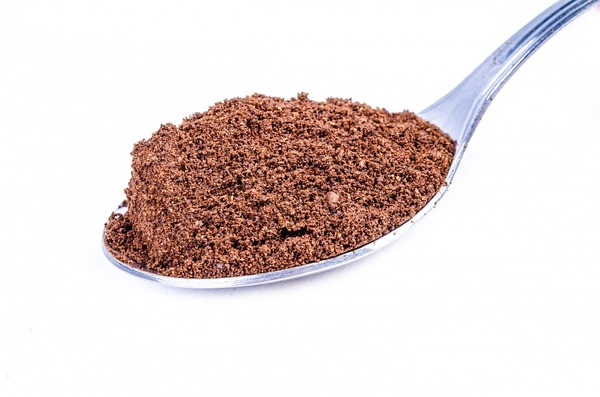Just In
- 24 min ago

- 4 hrs ago

- 5 hrs ago

- 8 hrs ago

Don't Miss
- Sports
 Pakistan Cricket Team Needs Top-Order Strike Rate Shake Up; Babar Azam, Mohammad Rizwan Must Fire Runs 'Quick'
Pakistan Cricket Team Needs Top-Order Strike Rate Shake Up; Babar Azam, Mohammad Rizwan Must Fire Runs 'Quick' - Education
 WBCHSE HS Result 2024 to be declared Soon at wbchse.wb.gov.in, Check the Tentative Dates
WBCHSE HS Result 2024 to be declared Soon at wbchse.wb.gov.in, Check the Tentative Dates - Technology
 Xiaomi Robot Vacuum Cleaner S10, Handheld Garment Steamer, and Redmi Buds 5A Launched in India
Xiaomi Robot Vacuum Cleaner S10, Handheld Garment Steamer, and Redmi Buds 5A Launched in India - Movies
 10 Times Yesteryear Diva Zeenat Aman Set Major Fashion Goals With Her Timeless Grace And Age-defying Style
10 Times Yesteryear Diva Zeenat Aman Set Major Fashion Goals With Her Timeless Grace And Age-defying Style - News
 Lok Sabha Elections 2024: What Are The Expectations Of First-Time Voters?
Lok Sabha Elections 2024: What Are The Expectations Of First-Time Voters? - Automobiles
 Nissan Magnite Achieves 1 Lakh Unit Sales Milestone: Consistency Helps
Nissan Magnite Achieves 1 Lakh Unit Sales Milestone: Consistency Helps - Finance
 Sakuma Exports Secures Rs. 150 Cr Deal; Okays Rights Issue Amidst Positive Outlook
Sakuma Exports Secures Rs. 150 Cr Deal; Okays Rights Issue Amidst Positive Outlook - Travel
Kurnool's Hidden Gems: A Guide To Exploring India's Lesser-Known Treasures
7 Health Benefits Dashamoola
Dashamoola, a combination of ten dried roots, is an ancient Ayurvedic formulation used in various ayurvedic medicines. The combination of the roots is of ten different plants, which have been widely used in Ayurveda since ages due to the amazing health benefits it possesses. Used in the treatment of health problems related to nerves, bones, muscles and joints, the ayurvedic formulation possesses anti-inflammatory, antioxidant and analgesic properties [1] .

The most common polyherbal combination used in the preparation of many Ayurvedic medicines, Dashamoola is used in the treatment of anaemia, after delivery care of the mother, cold, cough, digestive disorders etc. Apart from being used as a combination with other ayurvedic medicines, Dashamoola by itself can be used in the treatment of inflammatory diseases [2] and pain disorders related to your musculoskeletal system, such as gouty arthritis, osteoarthritis, rheumatoid arthritis etc.
The 10 Roots In Dashamoola
The 10 herbal roots used in the Ayurvedic formulation of Dashamoola are as follows [3] :
- Agnimantha (Premna obtusifolia)
- Bilwa (Aegle marmelos)
- Bruhati (Solanum indicum)
- Gambhari (Gmelina arborea)
- Gokshura (Tribulus terrestris)
- Kantakari (Solanum xanthocarpum)
- Patala (Stereospermum suaveolens)
- Prushniparni (Uraria picta)
- Shaliparni (Desmodium gangeticum)
- Shyonaka (Oroxylum indicum)

Health Benefits Of Dashamoola
1. Reduces migraine
According to some studies, it has been asserted that Dashamoola help provides relief from migraine attacks. The combination of roots possesses analgesic properties, which acts in easing the pain caused by migraine [4] .
2. Prevents respiratory problems
Dashamoola helps in preventing as well as reducing respiratory diseases. It aids by reducing the inflammation of chest and respiratory tracks, thereby preventing the onset of asthma and whooping cough. Consuming Dashamoola with ghee is asserted to be increasingly beneficial for treating respiratory problems [5] .

3. Eases digestion
Dashamoola is an effective remedy for relieving various digestive problems and forming of gas. The ayurvedic medicine can help provide relief to your intestine and soothes it. The patala in Dashamoola is constipation and digestive stimulant and help provide a cooling feeling internally. The gambhari also helps with digestion [6] .
4. Treats fever
Possessing antipyretic properties, the ayurvedic combination of ten roots can help treat and reduce intermittent and high fever. It can also help manage your body temperature. The agnimantha, gambhari and bilwa help reduce fever [7] .
5. Relieves arthritis
An effective remedy for the swelling, inflammation and pain caused by arthritis, Dashamoola has analgesic or pain-killing effect. The anti-rheumatic and anti-arthritic property help treat gouty arthritis, osteoarthritis and rheumatoid arthritis [2] .
6. Improves urine flow
According to Ayurveda, Dashamoola on Vata dosha and aid in reducing its aggravation. By improving the functioning of the vata locations, such as the pelvic colon, bladder, pelvis, and kidneys, the ayurvedic medicine help improves urine flow and help remove toxins the kidneys [8] .
7. Boosts immunity
Ayurvedic practitioners point out that Dashamoola is extremely beneficial for improving body strength and immunity, one of the central reasons why it is prescribed to new mothers, after childbirth [9] .

Apart from the above-mentioned health benefits, Dashamoola is used for treating indigestion, lack of taste, fistula, jaundice, vomiting, anaemia, liver diseases, haemorrhoids, urinary tract conditions, skin diseases and cough [10] .
Used as a general health tonic, Dashamoola is prescribed to women having problems with conception and pregnancy. It is also used due to the digestive, carminative, anti-flatulent, anti-inflammatory and analgesic properties the ayurvedic medicine possess. Some studies have shown that Dashamoola can be used for regularising periods, muscle spasms, lower back pain [11] , [12] .
Uses Of Dashamoola
The therapeutic uses of Dashamoola are mentioned below [13] :
- Arthritis, osteoporosis, gout
- Asthma, pleurisy, cough
- Backache
- Chikungunya fever
- Headache
- Hiccups
- Inflammation and oedema
- Inflammatory affections within the chest, affections of the brain
- Kasa (bronchitis) caused by the simultaneous aggravation of all the three dosha
- Painful inflammatory condition
- PMS
- Rheumatism
- Sciatica
- Parkinson's disease
- Post-partum bleeding
- Gas or flatulence
- Body pain

How To Use Dashamoola
Dashamoola powder is available in the market, which can be boiled and prepared as a decoction (can be taken twice a day).
In order to make the decoction, take a 1-2 spoon or 10-12 grams of coarse powder in one glass water and boil till the water reduces to half cup [14] .
Side Effects Of Dashamoola
- Burning sensation
- Stomach problems
- Haemorrhoids
- Constipation
- Individuals with diabetes should not consume Dashamoola as it can cause a burning sensation, burning of the eyes, hot flushes etc.
- People taking blood thinners also should avoid Dashamoola.
- Avoid taking it along with allopathy medicines [15] , [16] .
Note: Consult a doctor before incorporating the ayurvedic medicine into your daily diet.
- [1] Pathak, A. K., Awasthi, H. H., & Pandey, A. K. (2015). Use of Dashamoola in Cervical Spondylosis: Past and Present Perspective.
- [2] Rachana, H. V. (2011).Clinical study of Dashamoola ksheera basthi in dysmenorrhea(Doctoral dissertation, RGUHS).
- [3] YN, C. (2012).A COMPARATIVE STUDY OF KARNAPOORANA AND NASYAKARMA USING Dashamoola TAILA IN THE MANAGEMENT OF BADHIRYA(Doctoral dissertation).
- [4] Khemuka, N., Galib, R., Patgiri, B. J., & Prajapati, P. K. (2015). Pharmaceutical standardization of Kamsaharitaki granules.Ayu,36(4), 416.
- [5] Patil, V. V. Holistic Management of Sandhigata Vata (Osteoarthritis)–A Scientific Approach.
- [6] Malathi, K., Swathi, R., & Sharma, S. V. (2018). Aahara as Aushadha-Reviving the concept of Aushadha Siddha Yavagu.Journal of Ayurveda and Integrated Medical Sciences (ISSN 2456-3110),3(4), 154-157.
- [7] Kulkarni, M. S., Yadav, J. V., & Indulkar, P. P. (2018). A conceptual review of Yavagu kalpana as a functional nutraceutical.Journal of Ayurveda and Holistic Medicine (JAHM),6(4), 78-86.
- [8] Nirmal, B., Hivale Ujwala, S., & Gopesh, M. (2017). MANAGEMENT OF AVABAHUKA (FROZEN SHOULDER) WITH ABHYANGA SWEDANA, PRATIMARSHA NASYA AND AYURVEDA MEDICINES: A CASE STUDY.
- [9] Rani, Y., & Sharma, N. K. (2003, February). NUTRACEUTICALS: AYURVEDA PERSPECTIVE. InIII WOCMAP Congress on Medicinal and Aromatic Plants-Volume 6: Traditional Medicine and Nutraceuticals 680(pp. 131-136).
- [10] Sharma, A. K. (2003). Panchakarma therapy in ayurvedic medicine. InScientific Basis for Ayurvedic Therapies(pp. 67-86). Routledge.
- [11] Kumar, A., Rinwa, P., & Kaur, P. (2012). Chyawanprash: a wonder Indian Rasayana from Ayurveda to modern age.Crit Rev Pharma Sci,1(2), 1-8.
- [12] Mishra, A., & Nigam, P. (2018). Role of Panchakarma in Various Disorders Associated with Pain; WSR to Sciatica, Spondylitis and Osteoarthritis.Journal of Drug Delivery and Therapeutics,8(4), 362-364.
- [13] Meher, S. K., Panda, P., Das, B., Bhuyan, G. C., & Rath, K. K. (2018). Pharmacological Profile of Terminalia chebula Retz. and Willd.(Haritaki) in Ayurveda with Evidences.Research Journal of Pharmacology and Pharmacodynamics,10(3), 115-124.
- [14] Rohit, S., & Rahul, M. (2018). Efficacy of heart failure reversal treatment in patients with low ejection fraction.Journal of Ayurveda and integrative medicine,9(4), 285-289.
- [15] Singh, R. S., Ahmad, M., Wafai, Z. A., Seth, V., Moghe, V. V., & Upadhyaya, P. (2011). Anti-inflammatory effects of Dashmula, an Ayurvedic preparation, versus Diclofenac in animal models.J Chem Pharm Res,3(6), 882-8.
- [16] Bhalerao, P. P., Pawade, R. B., & Joshi, S. (2015). Evaluation of analgesic activity of Dashamoola formulation by using experimental models of pain.Indian J Basic Appl Med Res,4(3), 245-255.
-
 healthHaving Chicken Soup At Home Can Cure These Health Issues
healthHaving Chicken Soup At Home Can Cure These Health Issues -
 healthAyurvedic Items To Keep With You While You Are Traveling
healthAyurvedic Items To Keep With You While You Are Traveling -
 healthWhy Morning Is The Best Time To Detox According To Ayurveda?
healthWhy Morning Is The Best Time To Detox According To Ayurveda? -
 healthDurga Puja 2023: Health Benefits of Parijat Leaves And Flowers
healthDurga Puja 2023: Health Benefits of Parijat Leaves And Flowers -
 healthAyurvedic Wisdom: Panchamrit's Surprising Health Benefits
healthAyurvedic Wisdom: Panchamrit's Surprising Health Benefits -
 healthUnveiling the Power of Turmeric Ghee: An Ancient Ayurvedic Secret!
healthUnveiling the Power of Turmeric Ghee: An Ancient Ayurvedic Secret! -
 beautySay Goodbye to Dry and Damaged Hair with These Ayurvedic Remedies!
beautySay Goodbye to Dry and Damaged Hair with These Ayurvedic Remedies! -
 beautyUnlocking Ayurveda's Secrets: Natural Hair Care Tips For Hair Loss
beautyUnlocking Ayurveda's Secrets: Natural Hair Care Tips For Hair Loss -
 beautyHair Loss From Stress? Try These Ayurvedic Remedies
beautyHair Loss From Stress? Try These Ayurvedic Remedies -
 healthFrom Illness To Wellness: Traditional Home Remedies For Dengue That Work
healthFrom Illness To Wellness: Traditional Home Remedies For Dengue That Work -
 healthDoctors Day: The Future of Medicine in India: Top 5 Recent Medical Innovations
healthDoctors Day: The Future of Medicine in India: Top 5 Recent Medical Innovations -
 healthDoctors’ Day: The Early Indian Medicine Inventions; Its Not Just Ayurveda!
healthDoctors’ Day: The Early Indian Medicine Inventions; Its Not Just Ayurveda!


 Click it and Unblock the Notifications
Click it and Unblock the Notifications



